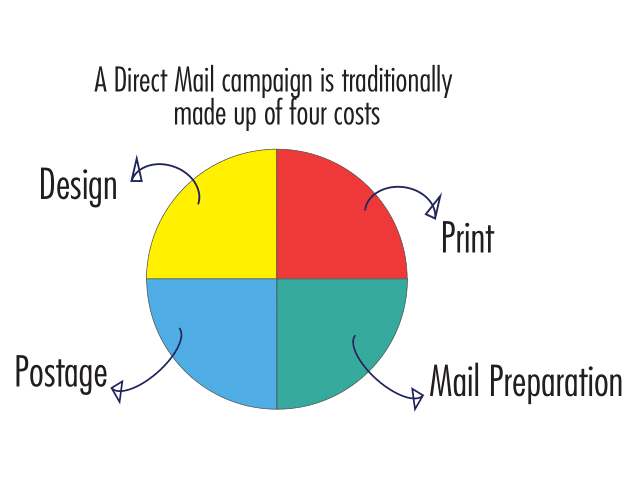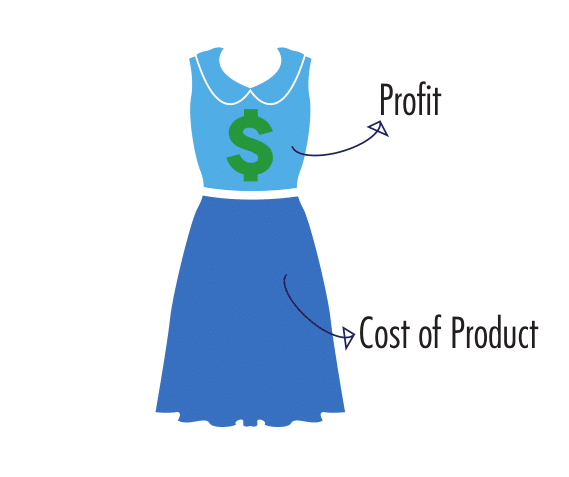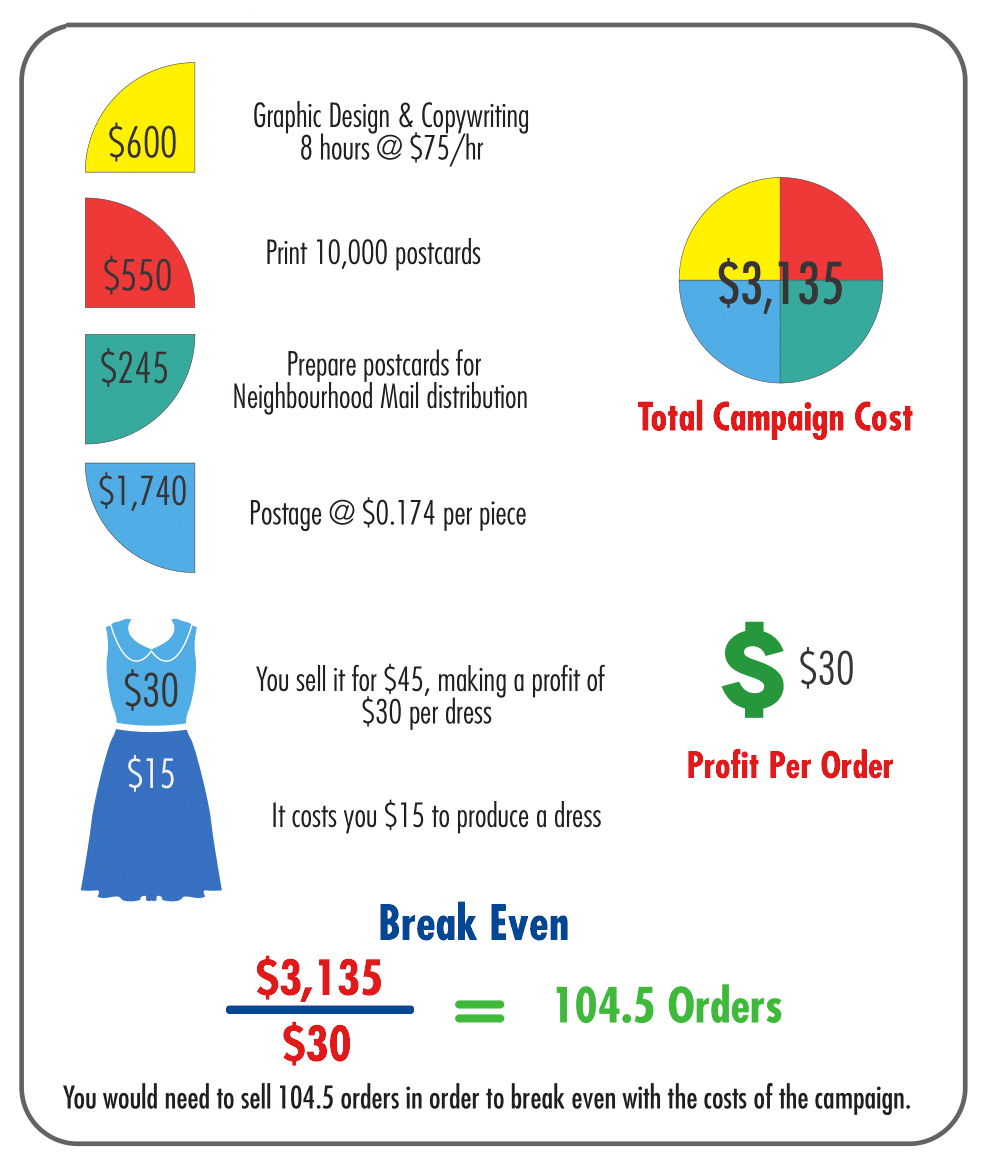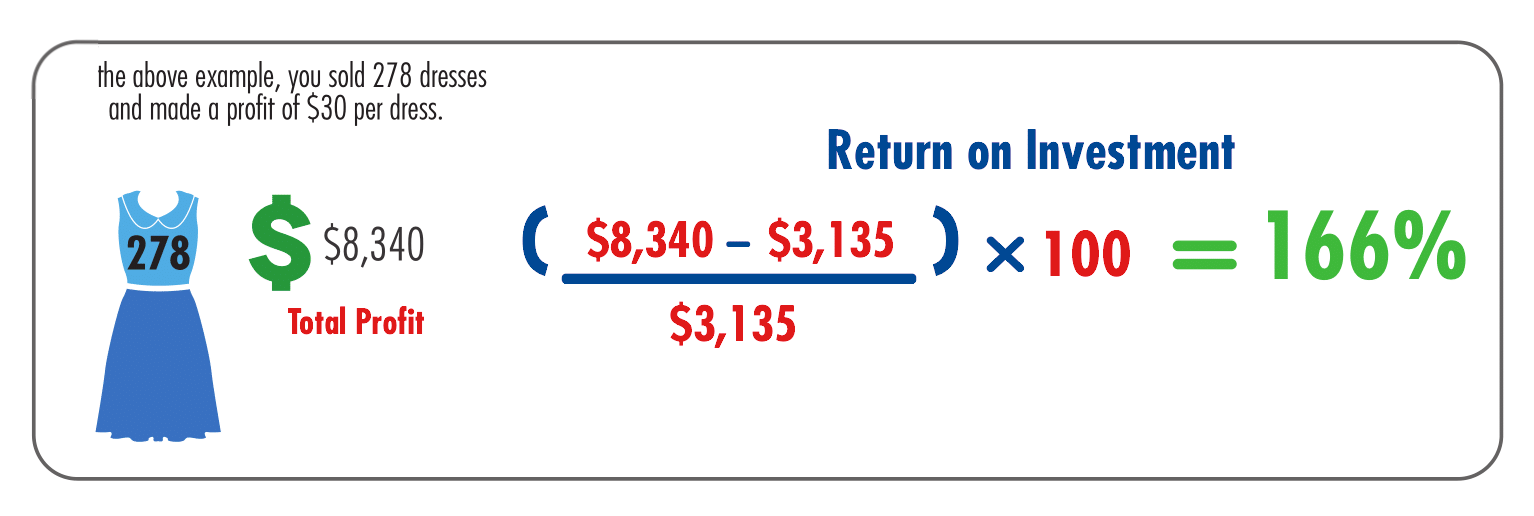There are three prime indices used to measure the success of a direct mail campaign.
1What is the “Break Even” for this campaign?
2What is the response rate?
3What is the Return on Investment (ROI)?

Example




Example


Example

Many businesses invest thousands of dollars in direct marketing campaigns and never closely track the results of their efforts. Since digital marketing often makes it easy to track important results from clicks to conversions, direct mail might seem a little less trackable. However, you can certainly track direct mail projects using promo codes, unique offer bundles, and more. When you take the time to track your direct mail campaign, you can easily measure its success. The results help inform ways to improve, and ways to explore new techniques that allow you to combine your direct mail campaigns with your digital marketing efforts. Here’s an overview of how you can measure your success and make sure your direct mail campaigns are helping you meet your marketing goals.
Direct mail provides an easy and trustworthy way to reach your target audience. There are many types of direct mail pieces that can be used in your direct mail campaigns, including letters, postcards, magazines, or other promotional materials. You can choose your marketing materials based on your target segments, whether based on past, current or potential customers or other carefully tracked segments. You can even send them information and offers that directly relate to habits or current needs. Direct mail can be used to reach consumers, businesses or both and is limited only by your creativity, budget and goals. A consistent direct mail program can play a very effective role in your marketing strategy, allowing you to provide highly personalized materials delivered directly into the hands of your target. You avoid the challenges presented by SPAM, overcrowded inboxes and overtaxed customers who are wary of receiving information from less trusted electronic sources.
While some companies have abandoned direct mail for digital marketing tactics, they are underestimating the retro novelty of direct mail campaigns. While digital marketing can be effective, it is also expected. In addition, email poses a threat to customers; a piece of mail does not since it comes without the worry of stolen identity, viruses or cyber-attacks. There are many benefits to using direct mail in your marketing campaigns, including:
Direct mail is certainly not dead and has instead become a less expected form of communication that is appreciated by customers. It can be crafted to cleverly tie in with your digital marketing efforts by sending people personalized URLs to find special offers, using codes to log into special landing pages, or even having fun with hashtags to grow brand awareness. The possibilities are endless.
There are three prime indices used to measure the success of a direct mail campaign.
First, it is important to understand what you need to do to break even with the money you invested in your direct mail campaign. You have to add up all the costs that went into the design, production and distribution of your direct mailer and then divide that by the profit per order. Of course, also considered for this number is the cost to produce the product, which has to be subtracted from each sale. So, if a dress costs you $15 to make and you sell each dress for $45, you make a profit of $30 per dress. This is the true number needed to determine your break-even point.
Cost of direct mail campaign: $3,135
Profit from purchase: $30
3135 divided by 30 = 104.5
Therefore, you need to sell 104.5 dresses to break even. Anything above that is a profit.
A response rate goes by a few other names, including completion rate or return rate. So, if you sent out 10000 postcards and you got 278 orders, it would look like this:
278 divided by 10000 x 100 = 2.78%
Your results are 2.78% of those who received your mailer converted.
This is the standard number that business owners are usually most focused on. Although marketers don’t always find this the most important aspect of their efforts, this is the easiest measurement to determine how successful your campaign was from a dollar and cents standpoint. In this case, you would divide your total revenue generated by your campaign by the total spend invested in the campaign. In order to do this, however, you have to ensure the offer comes with a trackable element. This could be a special URL where customers make their purchase or log in or a promo code. You can use our ROI calculator to see how you’ve done on your last DM campaign.
If you sold 278 dresses and made a profit of $30 per dress, your ROI would be 166%. This is calculated as (total profit - campaign cost) / campaign cost X 100 = ROI. In this case, it’s ($8,340 - $3,135) / $3,135 X 100 = 166%
Direct mail campaigns tend to have a higher ROI than paid ads because they are very targeted and provide customers with easy access to special offers. They are an important tool in your marketing arsenal as the direct mail piece becomes even more powerful when combined with a digital marketing campaign and vice versa. This multi-channel approach adds legitimacy to your brand and drives customers to your website when it suits them. Customers take advantage of offers on mail pieces because it provides them with a more trusted source, even when compared to email offers they have subscribed to. It is more trusted and, therefore, more likely to get read. This increases brand awareness and ultimately drives sales.
If you would like more information on how our direct marketing services can help you meet your marketing goals, please Request Information at the top of the page.
BACK